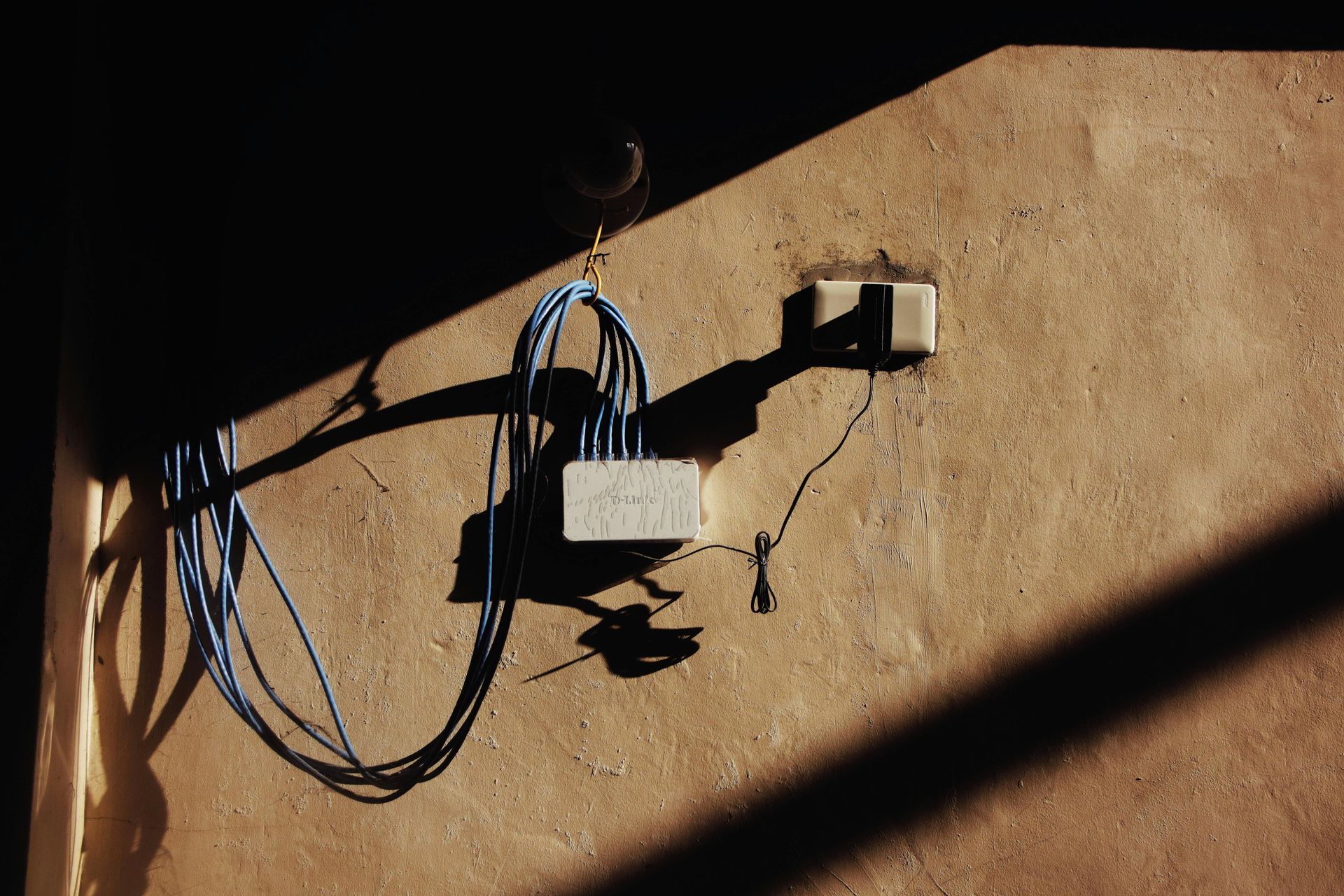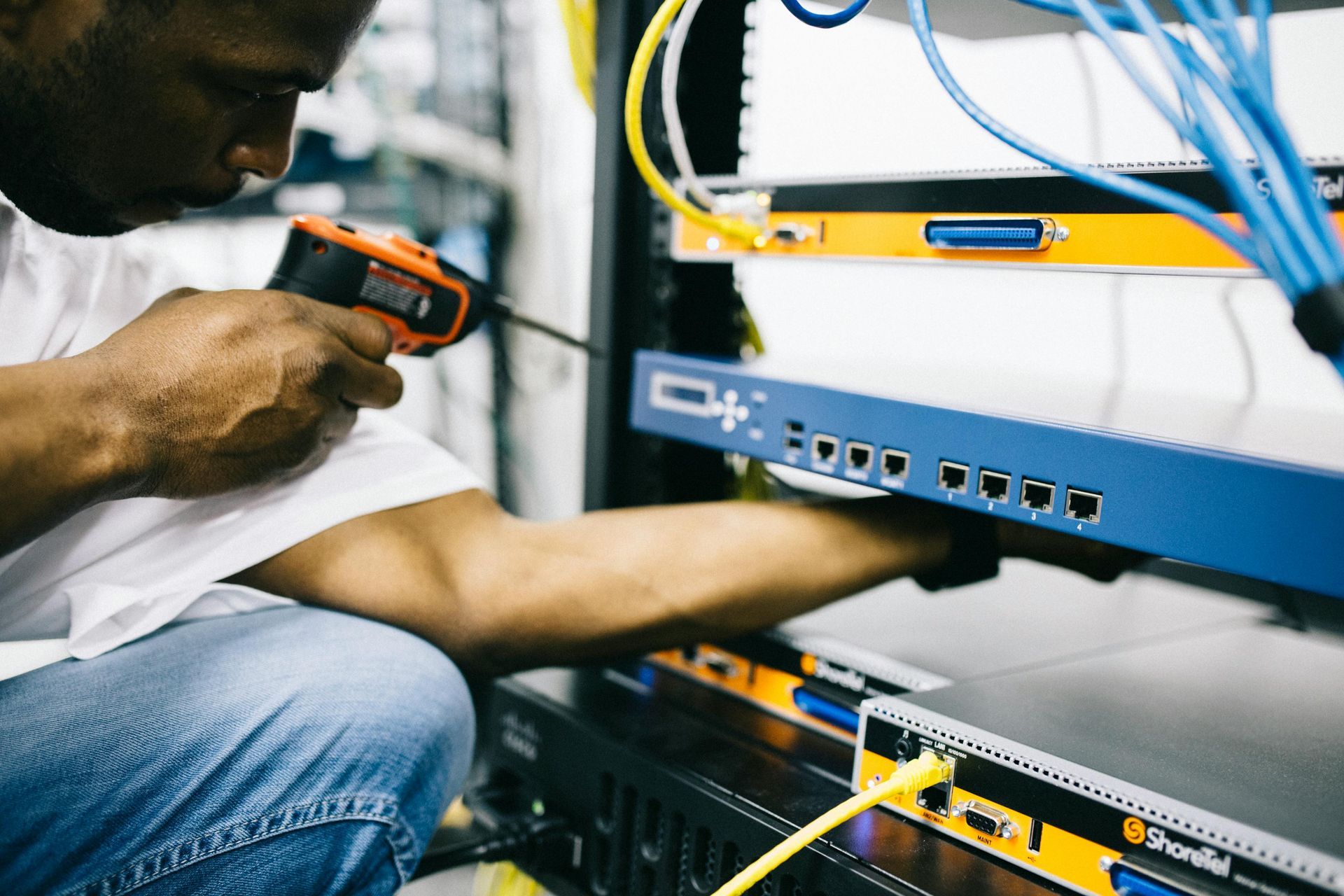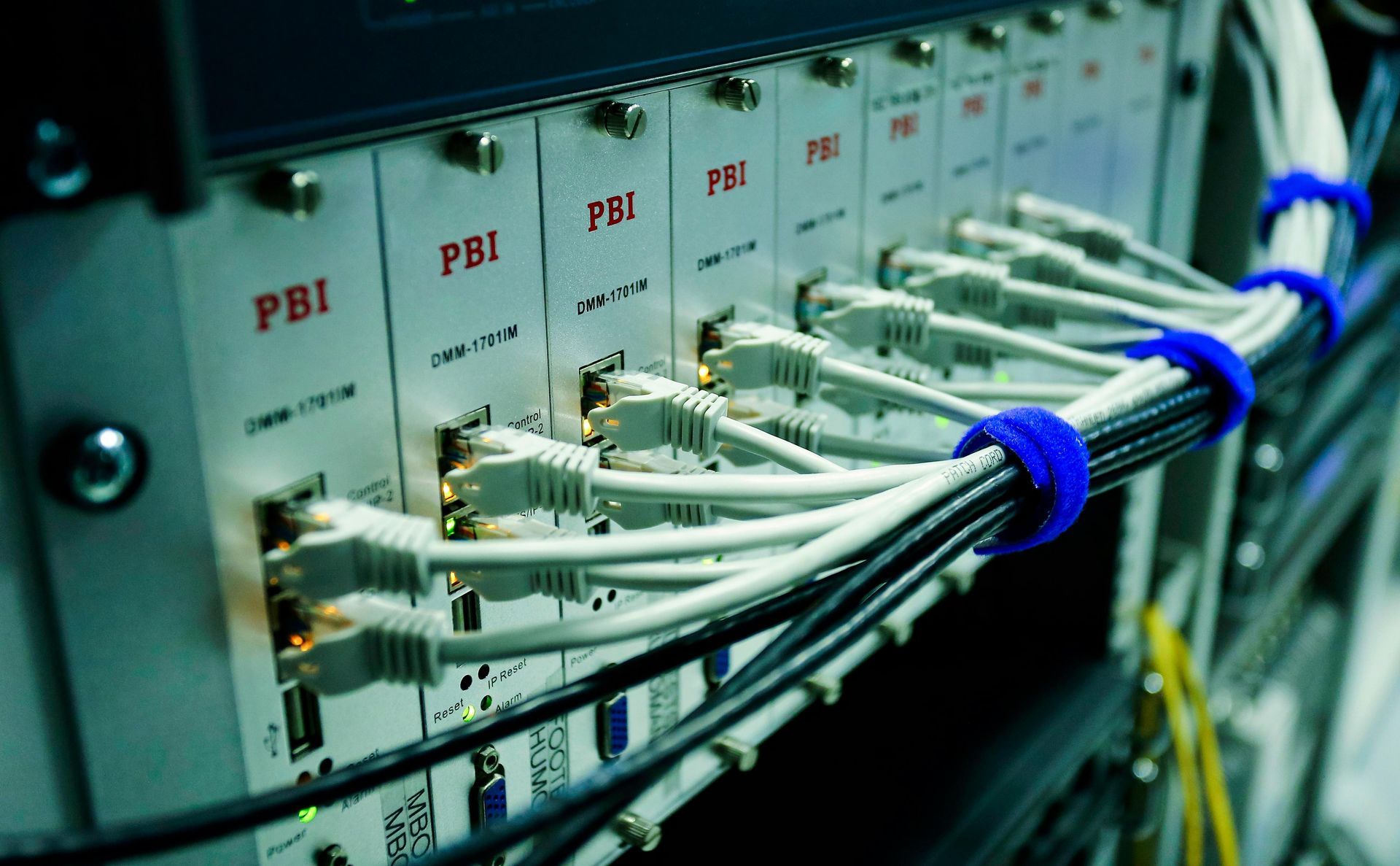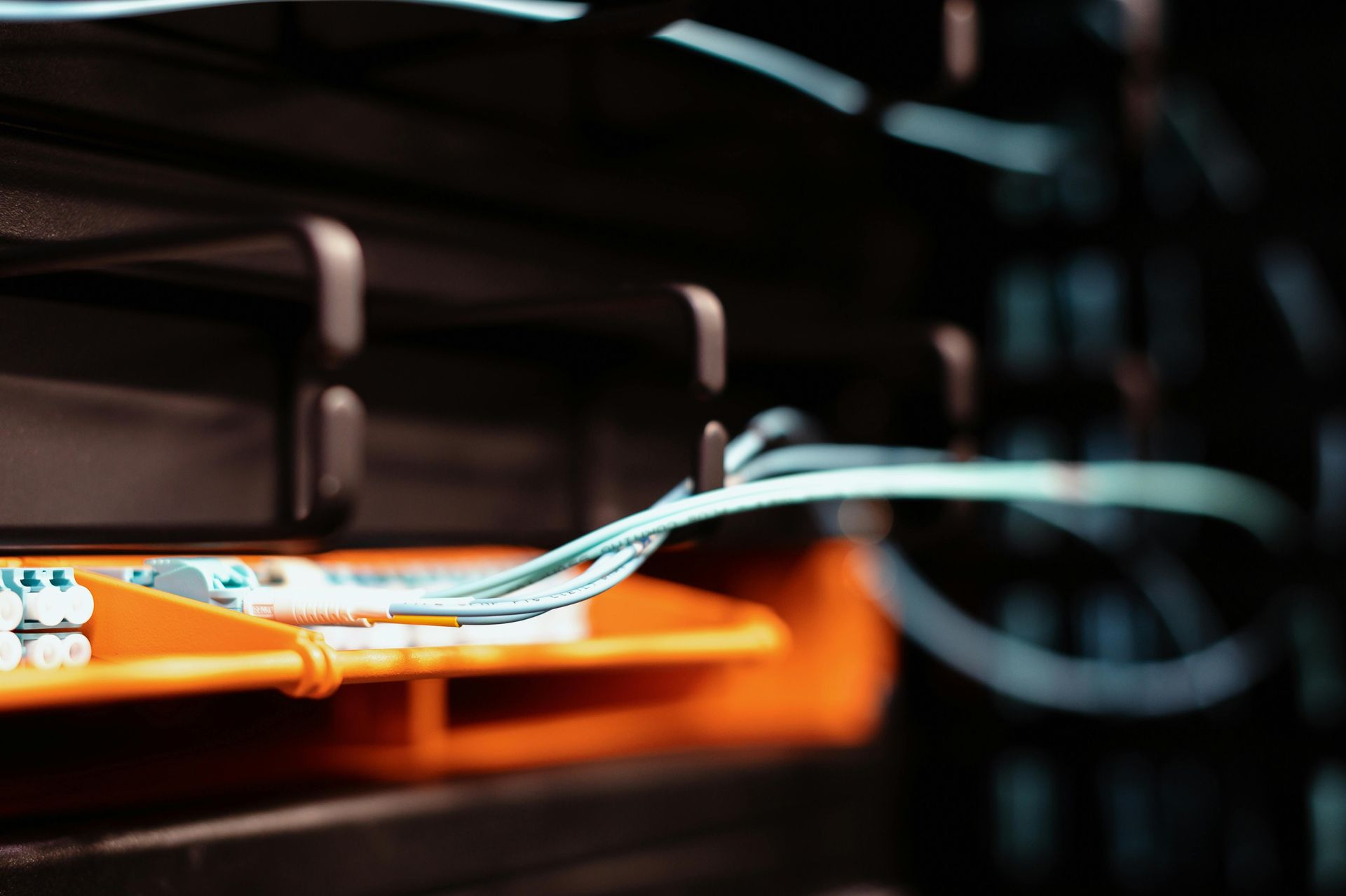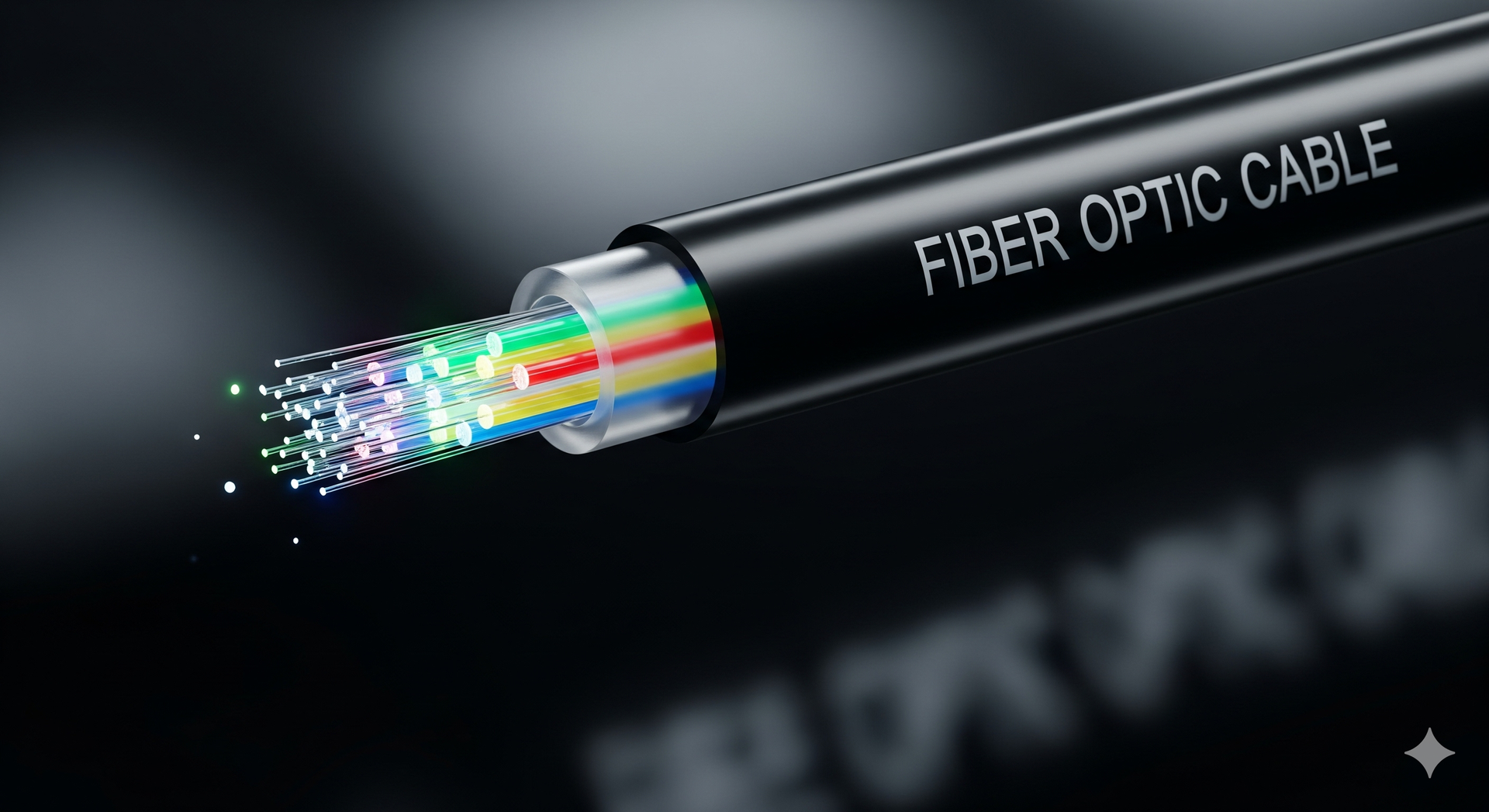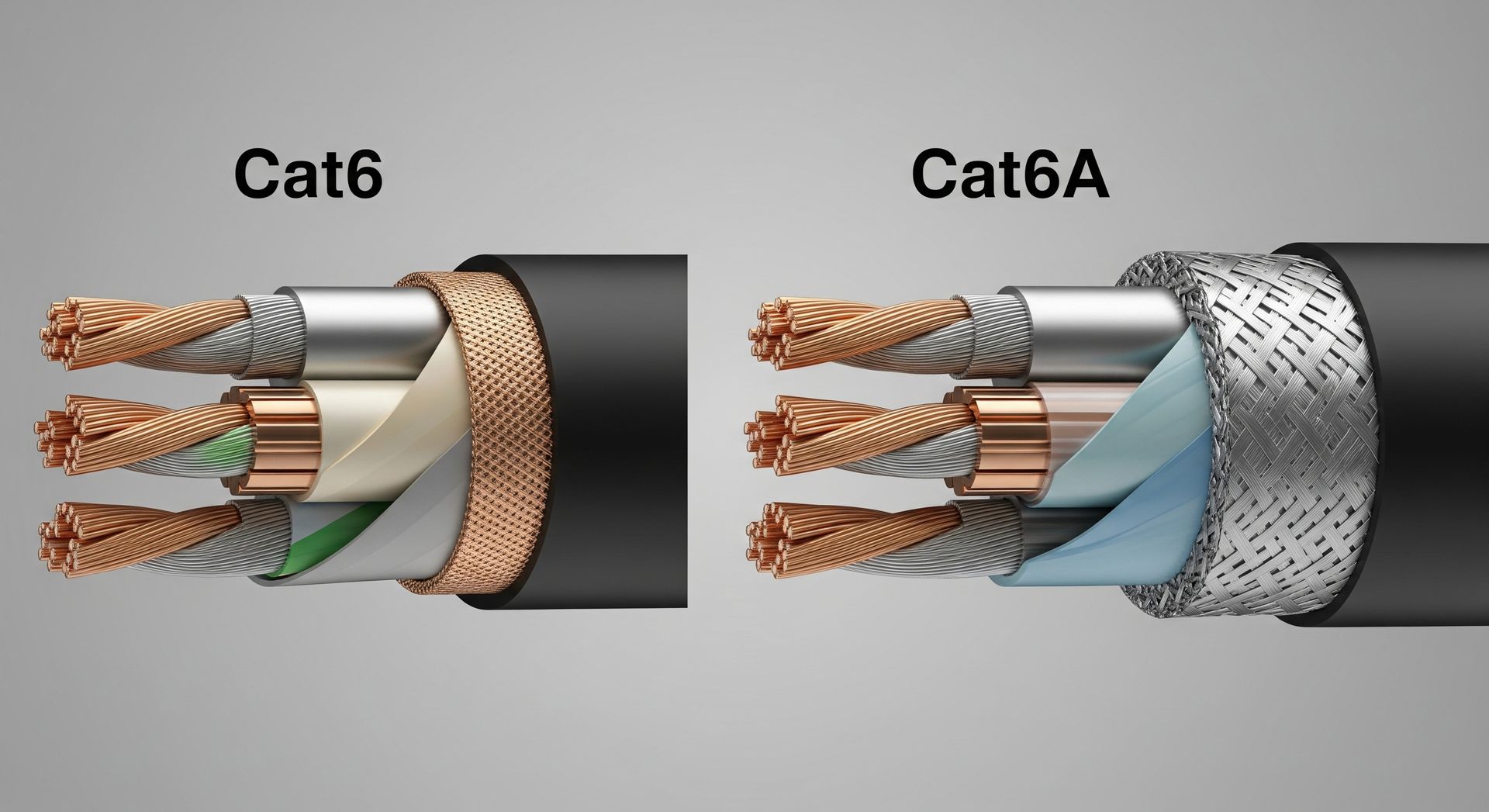The Ultimate Guide to Structured Cabling for Businesses
When was the last time you thought about the cables running through your office? Chances are, not recently. But trust me—those cables are the unsung heroes of your business. Whether you're a growing startup or a well-established company, structured cabling can make or break your operations. Let’s dive into why this is something you need to care about (even if it’s not flashy) and how it can set your business up for long-term success.
What is Structured Cabling?
Imagine trying to organize your closet without hangers, shelves, or boxes. That’s what an unstructured cabling system is like: messy, inefficient, and impossible to navigate when you’re in a hurry. Structured cabling is the antidote.
It’s a standardized way to design and install your network’s infrastructure, using organized cables and components to create a system that’s easy to manage, troubleshoot, and expand. In short, it’s the backbone of your IT and telecommunications setup.
Think of it as a gift to your future self—or to your IT guy, who will no longer have to unravel a rat’s nest of wires when something goes wrong.
Why Structured Cabling Matters for Your Business
Scalability: Ready for Growth
Let’s be real: no one starts a business hoping to stay small. Structured cabling lets you dream big. With an organized system in place, you can easily add new devices, employees, or entire departments without worrying about a chaotic setup. Need to add a dozen new workstations? Plug them in, and you’re good to go.
Reduced Downtime: Keep Things Moving
Every minute your network is down costs you money. One client told me about how a disorganized cabling setup caused a full day of downtime—lost emails, missed sales calls, and a whole lot of stress. With structured cabling, downtime becomes a rare inconvenience rather than a recurring nightmare. Emergency troubleshooting becomes quick and easy because everything is labeled and logically connected.
Cost-Effectiveness: Save Money in the Long Run
Here’s a counterintuitive truth: investing in structured cabling upfront can save you a ton of money over time.
Fewer maintenance headaches? Check. Easier upgrades? Check. Lower energy costs because your system is optimized? You bet.
The Components of a Structured Cabling System
Horizontal and Vertical Cabling
These are the highways of your network. Horizontal cabling connects different rooms or areas within a floor, while vertical cabling (also called backbone cabling) connects different floors or sections of your building. Together, they create a seamless, interconnected system.
Patch Panels
Think of patch panels as the command center of your cabling system. They’re where cables come together and connect to various devices. A good patch panel setup ensures that your cables stay organized, labeled, and easy to reconfigure.
Cable Management Systems
It’s not just about functionality; it’s about aesthetics too. Proper cable management keeps things neat, which isn’t just satisfying but also improves airflow (read: fewer overheating issues).
Types of Cables
Different businesses have different needs, but the most common cables are Cat 5e, Cat 6, Cat 6a, and fiber optics. Fiber optics, in particular, are becoming increasingly popular for businesses that need high-speed data transmission over long distances.
Compliance and Industry Standards
Why Standards Matter
If you’re tempted to cut corners with cabling, let me stop you right there. Industry standards like ANSI/TIA-568 exist for a reason—to ensure performance, safety, and compatibility. Ignoring these standards is like trying to build a house without following building codes. Sure, you might save money upfront, but you’re setting yourself up for disaster.
Certifications
When hiring a cabling professional, look for certifications like BICSI or RCDD. These indicate that the person knows what they’re doing and will adhere to the necessary standards. At Cat 5 Guy, we pride ourselves on being certified experts with years of experience.
Real-Life Success Stories
One of our clients, a mid-sized marketing agency, was struggling with constant network issues. Their old cabling system was a mess—wires crisscrossing everywhere, no labels, and constant connectivity problems. After a structured cabling overhaul, their productivity skyrocketed. They reported fewer outages, faster internet speeds, and an overall improvement in employee morale.
Another client, a manufacturing company, needed to scale up quickly but found their outdated system couldn’t handle the added load. We installed a structured cabling system that not only supported their current needs but also gave them room to grow—and they’ve since doubled their workforce without a hitch.
How to Choose the Right Partner for Structured Cabling
What to Look For
Experience: You want someone who’s been around the block. Look for providers with at least a decade of experience.
Certifications: As mentioned earlier, certifications matter.
Customer Reviews: Check testimonials and online reviews to see what other businesses are saying.
Why Cat 5 Guy?
We’ve been serving businesses in Los Angeles for over 20 years, specializing in structured cabling, fiber optic installation, and network infrastructure solutions. Our clients know they can count on us for reliable, future-proof systems.
Frequently Asked Questions
How much does structured cabling cost?
The cost depends on factors like the size of your space, the type of cables used, and the complexity of the installation. For a typical small office, costs might range from $2,000 to $10,000. Larger projects can go much higher. We’re happy to provide a customized quote based on your needs.
How long does installation take?
Again, it depends on the size and complexity of the project. Small setups might take a day or two, while larger systems can take several weeks. At Cat 5 Guy, we work efficiently to minimize disruption to your business.
Is structured cabling worth the investment?
Absolutely. While the upfront cost might seem significant, the long-term benefits—reduced downtime, scalability, and easier maintenance—make it well worth it.
What’s the difference between Cat 5e, Cat 6, and fiber optic cables?
Cat 5e: Great for basic needs and small offices.
Cat 6: Ideal for businesses needing faster speeds and greater reliability.
Fiber Optic: Best for high-speed data over long distances; a must-have for tech-heavy industries.
Final Thoughts
Structured cabling might not be glamorous, but it’s essential. It’s the kind of investment that pays dividends in efficiency, reliability, and peace of mind. So, whether you’re upgrading an existing system or starting from scratch, don’t overlook this critical piece of your business infrastructure.
Ready to take the chance and organize your messy cables?
Share this article
